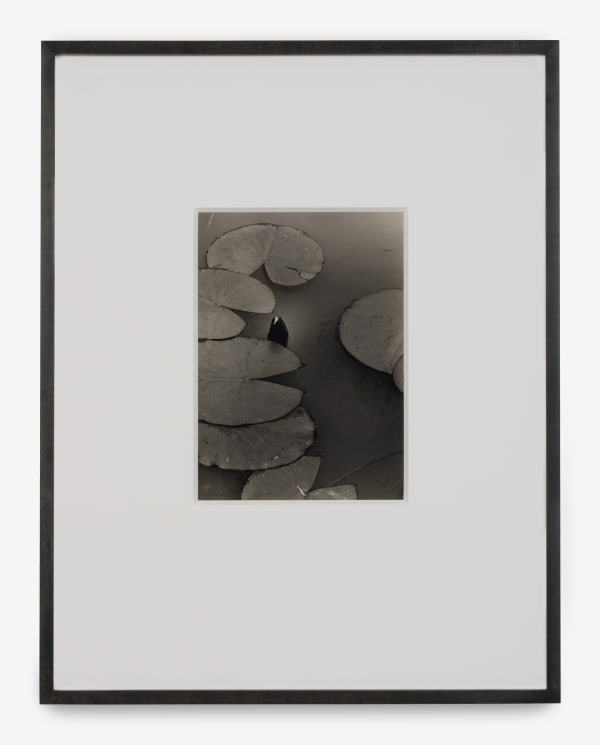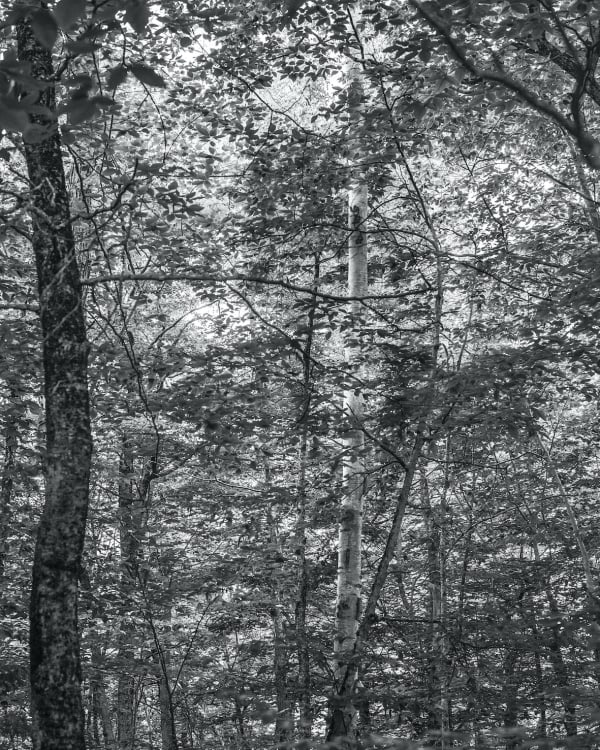Benita Koch-Otte (Stuttgart, Germany, 1892 – Bielefeld, Germany, 1976) is rightfully beginning to receive the recognition she deserves along with other women artists of the Bauhaus. Koch-Otte was best known for her weaving and abstract textiles but enjoyed other artistic pursuits as well. Initially, she taught drawing, physical education, and handicrafts at a school for girls before leaving the position to study weaving at the Bauhaus, much to her father’s chagrin. Koch-Otte was one of the most talented students of weaving along with Gunta Stölzl; both also attended classes for dying and textiles at technical schools. From 1925-1933 she directed the weaving department of the City of Halle, State-Municipal School of Applied Arts at Burg Giebichenstein. In 1929 she became reacquainted with Heinrich Koch, a photographer and interior designer who had also studied at the Bauhaus, and they married that same year. It is likely that she began to explore photography at this time as a result. They fled for Prague upon being dismissed from their positions when the Nazis came to power. He tragically died of an accident in 1934 and Koch-Otte returned to Germany, where she directed the weaving mill at Bodelschwingh Foundation Bethel for over 20 years until her retirement in 1957. Her textiles are characterized by non-figurative compositions and reveal her in-depth knowledge of shape and color theory, which she also taught to her students. Like Anni Albers, she blurred the distinctions between craft and art.
Overview
Works
Projects
Press






